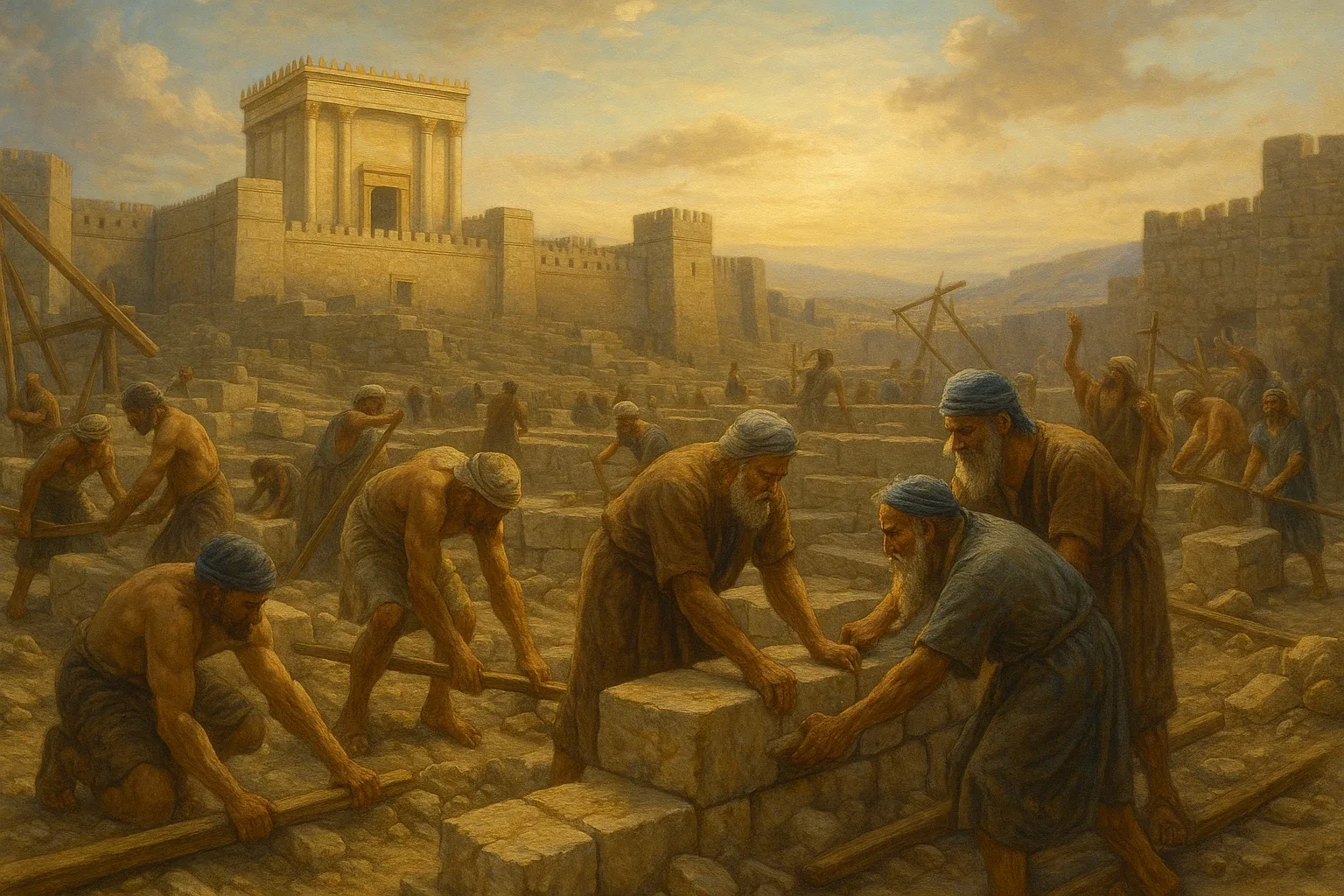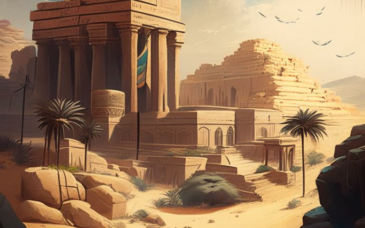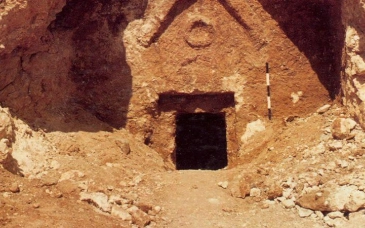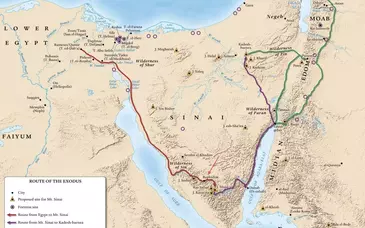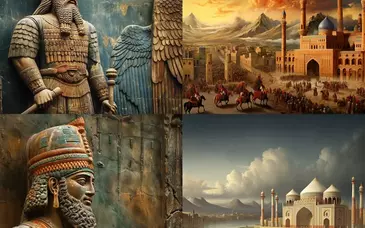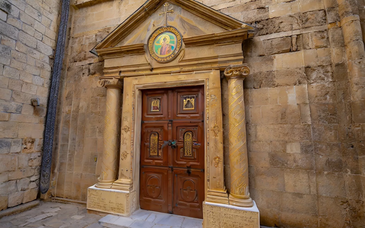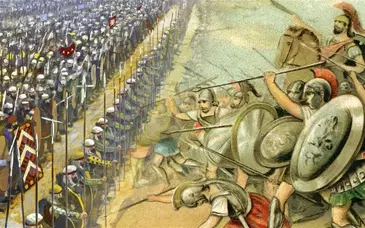When the Babylonian Empire fell to the Persians in 539 BCE, the ancient world witnessed a dramatic shift not only in political power but also in religious history. At the heart of this transformation was Cyrus the Great, founder of the Achaemenid Empire, whose policies toward subjugated peoples—including the Israelites—had lasting religious and cultural consequences. The story of how the Persian Empire influenced the rebuilding of Israel is a powerful narrative of restoration, political strategy, and divine providence.
The Fall of Babylon and Rise of Persia
In the 6th century BCE, the Jewish people were living in exile, having been deported from their homeland after the Babylonian conquest of Jerusalem in 586 BCE. The destruction of Solomon’s Temple marked a profound national and religious crisis for the Israelites. For decades, they remained in Babylon, uncertain of their future.
Everything changed when Cyrus II of Persia conquered Babylon. Known not only for his military acumen but also for his relatively enlightened rule, Cyrus implemented a policy of repatriating displaced peoples and supporting local religious practices. This policy is most famously documented in the Cyrus Cylinder, a Persian artifact that aligns closely with biblical accounts.
Cyrus’s Decree and Biblical Fulfillment
The Bible presents Cyrus’s actions as a direct fulfillment of prophecy. The Book of Isaiah (written before Cyrus's birth) refers to him explicitly:
“Thus says the Lord to His anointed, to Cyrus, whose right hand I have held…” (Isaiah 45:1)
According to Ezra 1:1–4, Cyrus issued a royal edict allowing the Jews to return to Jerusalem and rebuild the Temple:
“Whoever among you belongs to His people—may his God be with him, and let him go up to Jerusalem in Judah and rebuild the house of the Lord…” (Ezra 1:3)
This marked a turning point in Jewish history. The return from exile—facilitated by a foreign ruler—was not only an act of political mercy but also viewed by the Israelites as a divine intervention.
Rebuilding the Temple: Political and Religious Support
The return was not an immediate or smooth process. The rebuilding of the Temple, known as the Second Temple, faced internal and external resistance. However, Persian kings continued to support the project. Darius I reaffirmed Cyrus’s decree and provided resources for the rebuilding (Ezra 6:1–12). Later, Artaxerxes I sent Ezra and Nehemiah to Jerusalem to restore religious and civic order.
This level of imperial support was unprecedented. The Persian Empire funded the temple project, protected the Jewish returnees, and granted autonomy to local governors. Jerusalem, once devastated and spiritually hollow, began to rebuild its identity as a religious center.
Persia’s Influence on Jewish Identity
The Persian period shaped Jewish life in profound ways:
- Community Structure: Jewish society evolved into a more community-based model with an emphasis on religious texts and synagogue life, especially as many Jews chose to remain in the diaspora.
- Scripture and Law: The return period likely saw the editing and codifying of the Torah, laying the foundation for later rabbinic Judaism.
- Religious Tolerance: Persia’s policy of supporting diverse religious expressions helped Judaism survive and adapt without being absorbed into the imperial religion of Zoroastrianism.
Theological Implications
From a theological standpoint, the Persian role in Israel's restoration forces a broadening of how divine action is understood. God is seen working not only through prophets and priests, but also through foreign kings and empires. This universal vision is echoed in the way the Hebrew Bible praises Cyrus and views him as a “messiah” (anointed one), a title otherwise reserved for Israelite kings.
This challenges the idea of exclusivity and opens a new chapter in biblical theology: that God’s purposes for Israel—and for the world—can be fulfilled through the cooperation of other nations and peoples.
Legacy and Reflection
The legacy of Persian involvement in the rebuilding of Israel is both historical and symbolic. Historically, it marks the beginning of the Second Temple period, which would last until the Roman destruction of Jerusalem in 70 CE. Spiritually, it represents the resilience of faith, the power of restoration, and the mystery of divine providence working through world events.
In today’s context, where modern Iran and Israel are often cast as bitter enemies, this ancient story of cooperation and mutual impact reminds us that history is full of unexpected alliances and redemptive turns.
The Persian Empire's role in the restoration of Israel was more than a historical episode—it was a pivotal moment in biblical history. From Cyrus’s decree to the rebuilding of Zion, the cooperation between Persia and the Jewish people offers a compelling story of renewal, political wisdom, and divine orchestration. It is a testament to the idea that even empires can serve the purposes of God, and that restoration often comes from the most unexpected places.
